A month ago, with fanfare, Strike launched its App to the Argentinian market. A country facing ever-increasing inflation and an app that promises access to Bitcoin, “the best monetary network in human history.” The match seemed undeniable. However, an underwhelming first version of the app mixed with questionable technology usage tainted Strike’s launch.
Less than a week since the app was available, CEO Jack Mallers announced it was the “#5 Finance App in Argentina.”
Less than a week since our launch:
– #1 Top New App in Argentina
– #5 Finance App in Argentina
– #36 Overall App in ArgentinaThe best monetary network in human history is here, it's open, and will disrupt the world quicker than anyone thinks.
Open networks win.#Bitcoin pic.twitter.com/5bQrLJ6pZN
— Jack Mallers (@jackmallers) January 18, 2022
Nowadays, it sits at #63. What happened?
Wait… You Can’t Hold Bitcoin In The Wallet?
When Bitcoinist announced Strike’s Argentinean attack, Bitcoin was the only sure thing in the equation:
“This is where Strike comes in. With the app, “the Argentinian people can now hold a stable cash balance that can be spent both instantly and with no fees.” And it all runs using the Lightning Network as rails. That means Bitcoin, “the best monetary asset and the best monetary network in human history.”
That sounded solid. However, the initial users noticed a tremendous omission. You can’t hold bitcoin in the Strike wallet. You can’t buy or sell bitcoin. In fact, in Argentina, Strike exchanges every bitcoin you get for Ethereum based USDT. You can receive payments through the Lightning Network, but it immediately converts your sats into USDT. Hmmmmm?…
¡Hemos llegado!
Estamos aquí para sumarnos a la comunidad Bitcoin y ayudar a fortalecer el esfuerzo que muchos ya están haciendo. Hemos llegado para impulsar una Argentina libre y más conectada financieramente. ¡Vamos Argentina!
#Strike #bitcoin #LightningNetwork pic.twitter.com/mYfFPcNzD2
— Strike Argentina (@Strike_Arg) February 3, 2022
Does Strike Uses The Lightning Network Or Ethereum?
It’s a valid question. So much so, that some crypto publications called Strike out on it.
“Although the solution is being promoted as being Bitcoin technology-based, it’s actually based on the Ethereum network. Being the Tether USD (USDT) stablecoin, under the ERC-20 token technology standard.”
A deeper look under the hood by Bitcoin Magazine doesn’t offer much comfort on the Ethereum front:
“Strike enables Bitcoin transactions and Lightning payments without requiring (or allowing) users to directly touch bitcoin by purchasing BTC and transacting it through Lightning on their behalf. And according to the app’s terms of service, a user’s USDT balance in Argentina is held in the custody of cryptocurrency exchange Bittrex Global.”
So, Bittrex receives your sats and sends USDT. And if, for example, you pay a Lightning invoice, Bittrex receives your USDT and sends sats. So, Strike Argentina kind of uses both Bitcoin and Ethereum. Plus, Bittrex.

BTC price chart for 02/15/2022 on Bittrex | Source: BTC/USD on TradingView.com
What Can Strike Argentina Do?
Even though the launch was kind of a mess, it should be said that it’s equivalent to the way Strike launched in El Salvador. The first implementation used Tether (USDT) and didn’t let you buy or sell bitcoin. As a review of the Argentinean version of Strike, Adam Dub said, it’s “a custodial USDT wallet without fiat on-ramp but with BTC on and off-ramps. A fast, apparently cheap, but not private way to convert USDT to sats and vice versa.”
Estuve haciendo pruebas con Strike recién. Algunas conclusiones:
– Se puede enviar y recibir BTC vía LN
– Se puede enviar y recibir USDT ERC-20
– No se puede (ni se debe) hodlear BTC
– Los USDT se convierten a BTC cuando los retiras y el proceso es muy sencillo.
Sigo…— Adam Du฿
(@dubdam) January 12, 2022
Adam Dub also confirmed that:
- You can send and receive BTC via the Lightning Network.
- You can send and receive USDT, Ethereum version.
- You can’t and shouldn’t hold BTC.
- USDT is converted to BTC when you withdraw it.
And we would add:
- You can’t exchange USDT for Argentinian Pesos.
How can the app compete with the Argentinean-born solutions already in the market?
Conclusions And Competition
When it comes to cryptocurrency, Argentina is a pretty sophisticated market. The country’s tech industry is ever-active and some of the world’s leading software, like Muun wallet, is Argentinean-born. Other apps that serve as an interface between the bitcoin network and the financial system are already active. Like Belo, Lemon, and BuenBit.
How can Strike compete without offering Pesos? How can it compete without providing a bridge to the traditional banking system? Perhaps by using bitcoin, the world’s open network of choice? Maybe, but they’re barely using it so far. However, let’s remember that this is Strike’s first try with Argentina. And that the company has a history of improving its offerings and adding services little by little.
Featured Image: Launch in Argentina, promo material. From this tweet | Charts by TradingView

You can get bonuses upto $100 FREE BONUS when you:
💰 Install these recommended apps:
💲 SocialGood - 100% Crypto Back on Everyday Shopping
💲 xPortal - The DeFi For The Next Billion
💲 CryptoTab Browser - Lightweight, fast, and ready to mine!
💰 Register on these recommended exchanges:
🟡 Binance🟡 Bitfinex🟡 Bitmart🟡 Bittrex🟡 Bitget
🟡 CoinEx🟡 Crypto.com🟡 Gate.io🟡 Huobi🟡 Kucoin.




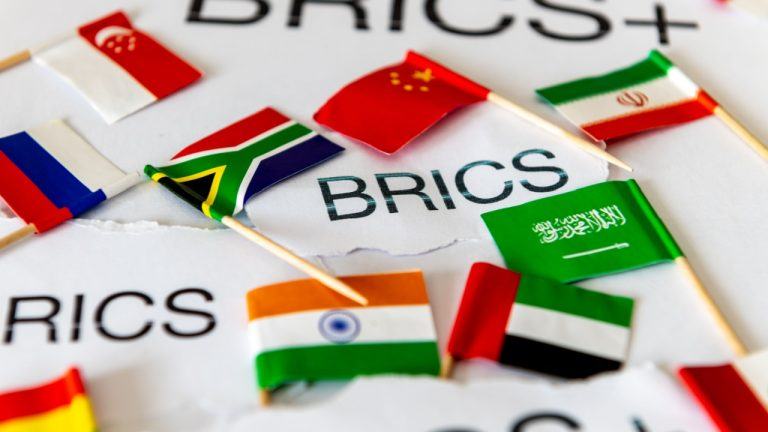

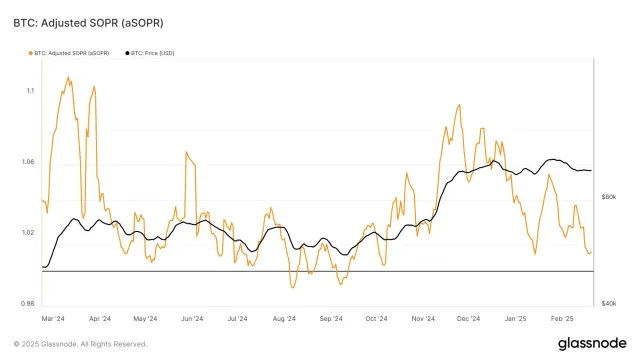


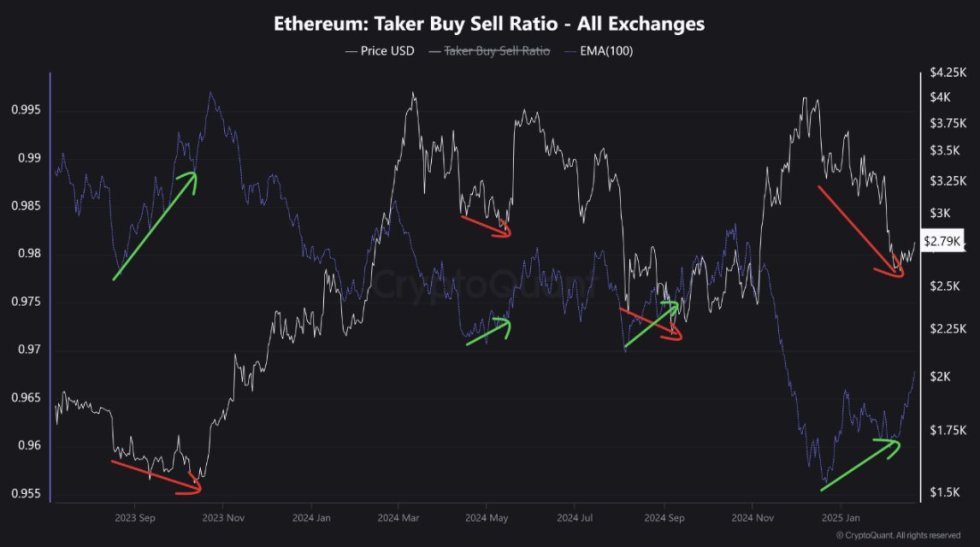






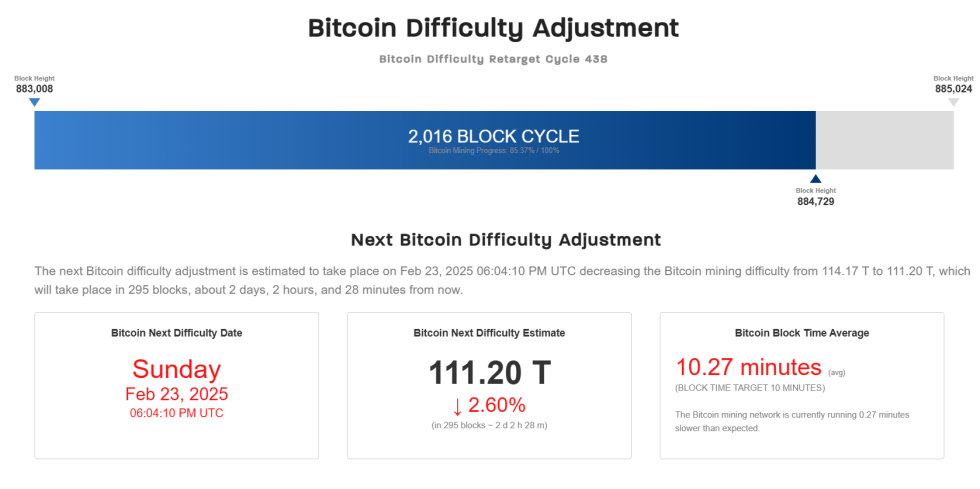


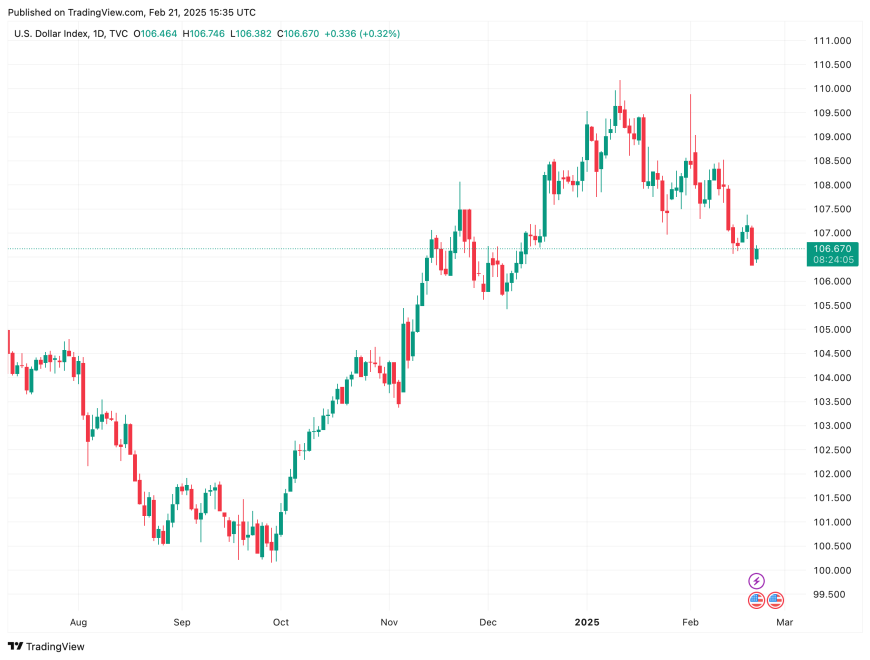
Comments